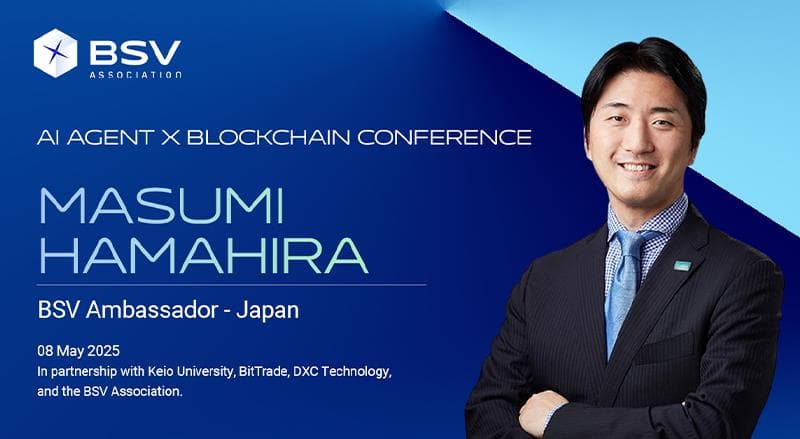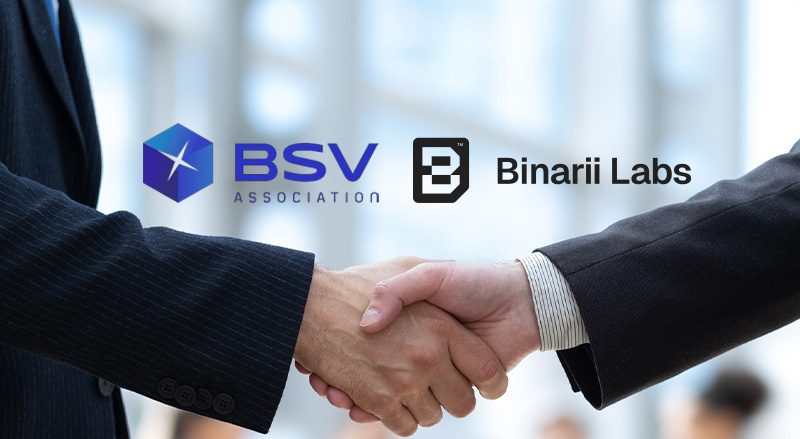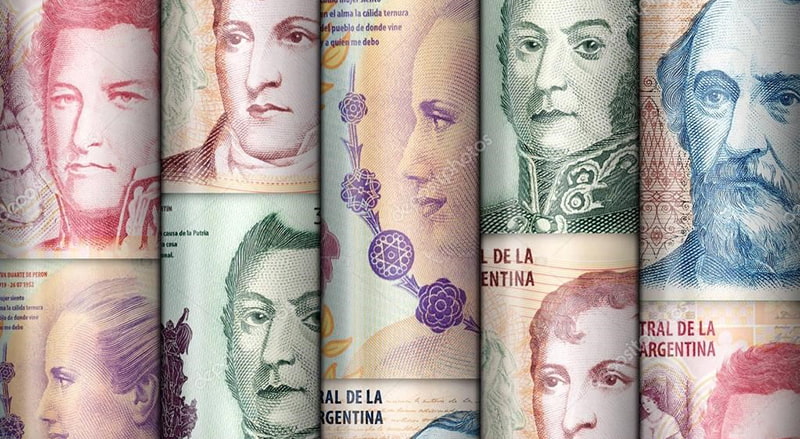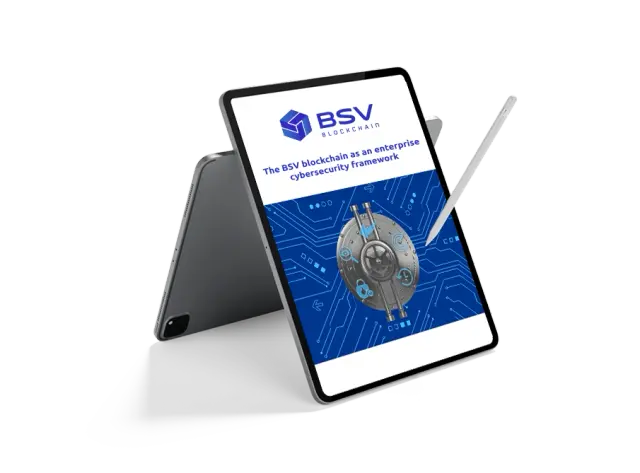The design of the Internet has heralded a new information age of data-intensive applications that have delivered unprecedented communications and convenience to billions of people around the world.
As adoption of Internet-based services and applications continues to grow exponentially, the standards which underpin the global network have necessarily evolved to cope with the billions of connected devices and users interacting globally. A prime example of this is the adoption of IPv6 – an Internet Layer protocol standard that allows each device connected to the Internet to be assigned a unique 128-bit IP address.
At the inception of the Internet as we know it today, the IPv4 standard was used to assign addresses to connected devices. IPv4 only allows for 32-bit addresses, however, and as the Internet rapidly grew in the 1990s, it became apparent that far more possible addresses would be needed – hence the standardisation and adoption of IPv6.
The ability to deliver end-to-end networking using IPv6 address space is crucial to unlocking the efficiencies and capabilities of an unbounded blockchain protocol like BSV. The BSV blockchain is the only public blockchain capable of scaling to meet the demands of enterprise-scale applications and was designed to function as an extension of the Internet that allows for peer-to-peer payments and complex data transfers without intermediaries.
To find out more about the how important IPv6 adoption is to unlocking the true potential of blockchain technology and the capabilities of BSV, we spoke to Professor Latif Ladid, Chair at the 5G World Alliance and Head of the IPv6 Forum.
IPv6 and blockchain as an end-to-end solution
While IPv4 is still widely in use around the world, the address space available using this protocol was fully depleted in 2011, and networking over IPv4 now requires the use of NAT (Network Address Translation), which modifies IP addresses while they are in transit to ensure traffic is delivered to the correct address.
To solve this problem, it is crucial that IPv6 becomes widely adopted globally and end-to-end networking can resume without this unnecessary address translation.
‘The IPv4 address space was depleted on the 2nd of February 2011. Since then, we have run out of central address space. But the registries and the ISPs still have some, so they could still use it up to now. But in the meantime, we have deployed IPv6 worldwide. About 45% of the world are using it without knowing it – and that’s the purpose of it,’ Ladid says.
‘We have the major organisations, major ISPs, and some governments now pushing for an IPv6-only strategy by 2025. For example, the US government networks would like to achieve something like 80% IPv6-only traffic by 2025.’
According to Ladid, the first inflection point for IPv6 adoption was 3G mobile networking technology, followed by 4G and then 5G. He adds that the next inflection point will be blockchain technology.
‘Blockchain is designed for IPv6 – many people don’t know that. From the start, it’s an end-to-end solution, and there are not many end-to-end solutions on this planet. Some people will think it’s a peer-to-peer application – this is beyond a peer-to-peer application. By using the address space as a source and destination for blockchain transactions, you have the best model of the Internet,’ Ladid says.
‘This is how the Internet started, as an end-to-end model, and the telecoms world made it into a telecoms Internet by using network address translation, disrupting that end-to-end model. IPv6 has restored it exactly for an application like blockchain because it needs the end-to-end model. Using IPv6 addresses on both sides, you can route traffic between two users, and they don’t need anybody in-between to tell them what to do.’
How BSV restores the fundamental model of the Internet
Ladid believes that this end-to-end model of data transactions and payments is best realised through the BSV blockchain, and to raise awareness of the potential of BSV, he has lent his expertise to the ecosystem through his appointment to the BSV Global Blockchain Advisory Council.
The Council brings together senior professionals and technology experts from the fields of enterprise, government and academia to advise on the education and adoption of the BSV blockchain as a new data network protocol for peer-to-peer applications and payments on the Internet.
‘[The BSV blockchain] will add a fundamental approach to how the Internet should be functioning by allowing for transactions of very tiny amounts and for low fees, which can accumulate for many people that are doing transactions over the Internet. Payment was not included on the Internet at its beginning, and I think the BSV blockchain is restoring what did not happen on the Internet at the beginning,’ Ladid says.
Speaking on his role at the BSV Global Blockchain Advisory Council, Ladid notes there is a great need for education across every sector to improve adoption of the BSV blockchain.
‘We will have a lot of work to do to educate, to foster best practices and to push the right messages to governments, regulators, ISPs and industry. Because blockchain is not one single solution. You’ve got so many competing solutions today and everyone is claiming victory. There is a there is a bit of chaos in this area and we would like to support only the one blockchain that is going to be the winner with IPv6. And I think that is the BSV blockchain.’
The ground-breaking capabilities of blockchain to restore the fundamental end-to-end model of the Internet, as realised in BSV, is the most important aspect of the technology to Ladid. He notes the global fervour around token price speculation that is entwined in the narrative around blockchain technology and denounces the idea of ‘crypto’ as a realm for price speculation and gambling.
For this reason, he supports the BSV Blockchain Association’s approach of demonstrating the capabilities of BSV and its ability to change the Internet as we know it.
‘I think the BSV Blockchain Association is very important to get the education out there – we must explain what BSV is and what blockchain is. There’s a lot of education needed because the confusion has already happened: we must detach the idea of blockchain from all the “crypto” stuff and so on, because we don’t want to be supporting a royal casino for the entire planet. That’s not the purpose of our work. We want to get everyone to be involved in the adoption of the technology.’






